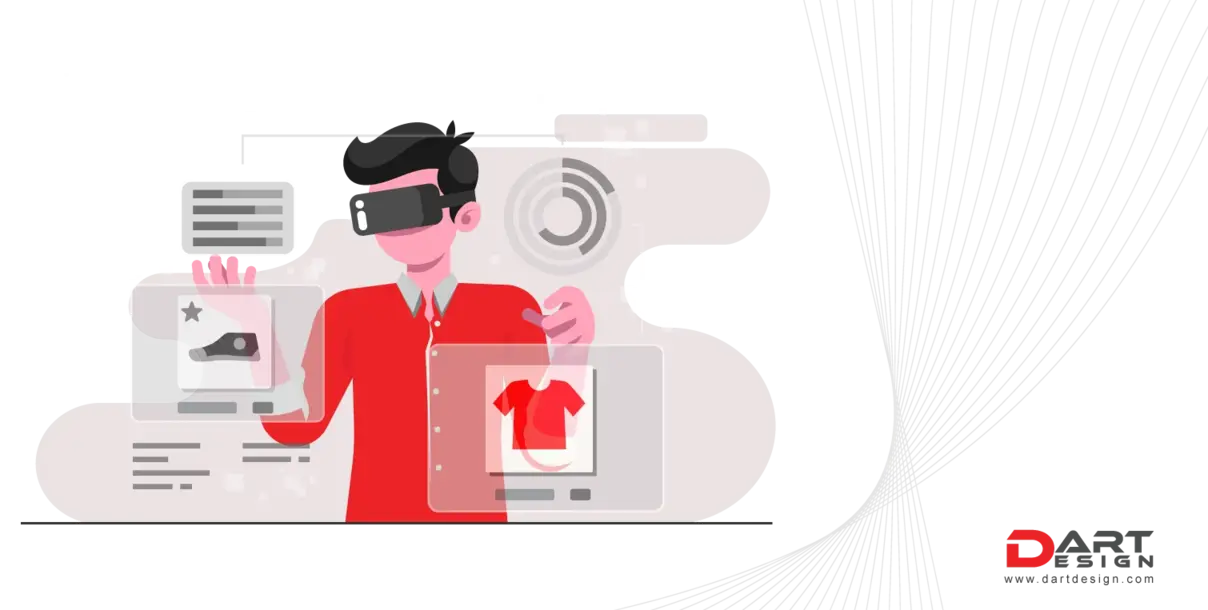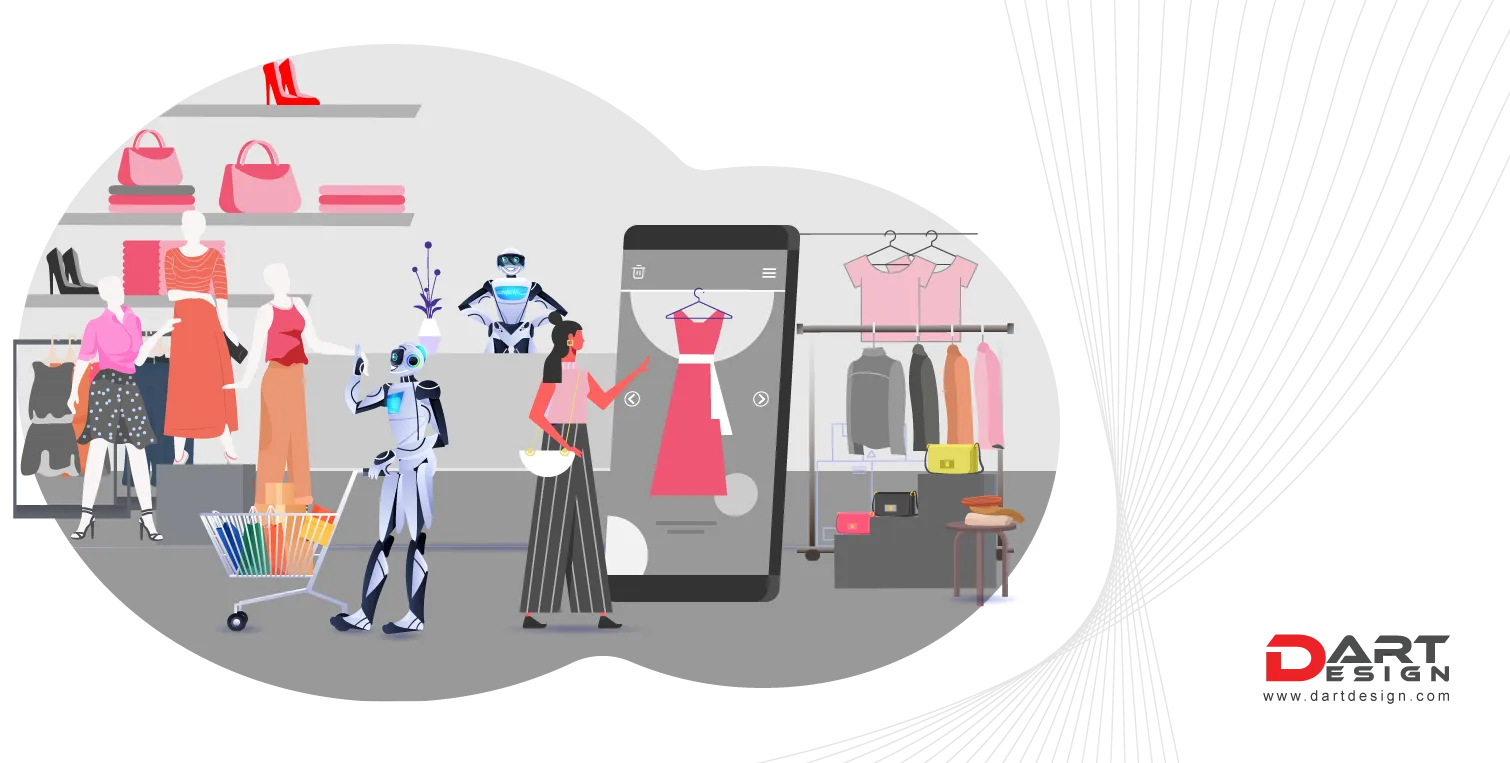“Since we can’t deny the fact that humans are the social creatures and can’t stay isolated for longer periods. The eagerness can be seen in recent times that are definitely post pandemic. And this is not for the sake of doing but to benefit their mental health. In addition, they are drawn to events that reflect the person they intend to become or the person they wish to become.”
BEYOND OMNICHANNEL RETAIL TO CONVERGENT COMMERCE
Retail channels and consumer engagement touchpoints have both exploded in the last decade. There seems to be ‘commerce’ for nearly every letter of the alphabet now. There are also interchangeable e-commerce and m-commerce, as well as quick commerce, and voice commerce. In addition to social commerce and contextual commerce, there is livestream commerce, contextual commerce (see-and-buy within the organic environment of an item), … the list goes on and on.
In parallel with the increase in purchasing channels and touchpoints, digital and physical environments are converging. In addition to using QR codes for price and product information on shelves in a physical store environment, shoppers can also purchase online from a ‘curated’ collection in a physical store environment.
A number of touchpoints are also convergent, with some formerly primarily used for consumer awareness, engagement, and education now facilitating shoppable purchase options. It is possible, for example, to make one-click purchases by clicking the ‘Buy now’ buttons on social media. Due to this, there is no longer a ‘shopper journey’ per se in most cases; the traditional stages of planning, searching, and evaluating have been severely curtailed.
There is no longer a need to differentiate between online and offline as a means of thinking. As much as the omnichannel concept of seamless customer experiences across touchpoints remains relevant, it must be understood within the context of simultaneously fragmented and converged channels, environments and touchpoints. It has been labeled convergent commerce, as well as new retail, future retail, smart retail and even retail 2.0; go grab a creative design studio. One apparel retailer referred to it as “commerce anywhere” while others called it “commerce anywhere”.
This article explores some of the emerging channels where convergence can be evident, as well as the implications for organizations as they navigate an increasingly fragmented world of channels, touchpoints, and environments in order to achieve success.
THE NEW WORLD OF RETAIL
The majority of developing commerce channels involve some combination of physical and digital environments, as well as multiple concurrent shopper journey stage roles for a single touchpoint, if convergent commerce is the blending of physical and digital environments. In addition, a number of these processes involve peer-to-peer recommendation and sales, and individuals selling to each other. As a result, retailers’ competitive sets are expanding and their channels to market are becoming less centrally controlled. For manufacturers, however, the increase in channels means new opportunities to reach consumers in more creative ways, and the ability to build awareness more quickly for challengers and new brands.
TRUNCATED SHOPPER JOURNEYS WITH PROLIFERATED CHANNELS AND TOUCHPOINTS
Engaging opportunities increased in some touch points during the pandemic, while others decreased. Less shopper mobility resulted in fewer eyeballs for outdoor and transit advertisements. Anything screen-based, such as social media, internet browsing, video streaming, and television, increased.
Availability and ease of access to product information across digital touchpoints means that some shoppers have taken advantage of more touchpoints in making a product shortlist or purchase decision. In addition, this has resulted in a reduction in the number of physical stores visited in a journey, with some previously traditionally in-store categories like appliances being visited only once, allowing consumers to observe a product and gauge its quality, size, and fit in person. Pounded pavements are no longer a problem.
SHOPPER JOURNEYS ARE MORPHING; SOME ARE SHORTENING
Since the advent of retail commerce channels, we have moved from shopping to shopping to purchasing items. In addition, convergent commerce implies that, if it is a one-click see-and-buy decision, purchasing something may not involve a multi-stage shopping journey at all.
The following loop will still be present in most customer journeys:
discovery & awareness search evaluation purchase fulfillment/shipment/delivery unboxing, installation and usage returns and refunds advocacy/loyalty and reviews.
In the loyalty loop, the reviews of one shopper influence the search and purchase decisions of the next shopper, and brands have an opportunity to increase their likelihood of repurchasing across the journey.
Shopper journeys have traditionally placed a greater emphasis on the pre-purchase stages of the shopper’s journey, particularly the now-antiquated binary notion of ‘webrooming’ (search online, purchase in store) and ‘showrooming’ (the opposite).
WHAT’S NEXT?
Brands and retailers need to:
• Diagnose
It is imperative to gain an understanding of shopper journeys, touchpoint expectations, and decision hierarchy by category and channel. Within this, it is imperative that the post-purchase experience journey stages be understood and addressed, such as the collection and unboxing versus the checkout experience.
Know how to serve a touchpoint and channel agnostic customer and what a consistent set of experiences looks like, including a single device journey for all stages, including refunds and returns.
• Innovate
The packaging and delivery criteria should be considered a part of the brand experience during the post-purchase journey phases, as well as how to align the experience with consumer expectations, including sustainability. What changes need to be made in order to deliver a consistent post-purchase brand experience regardless of the fulfillment agency? How can packaging and delivery be managed in a sustainable manner without disadvantaging consumers with lower socioeconomic levels?
Analyze how sensory aspects and in-store experiential elements can be replicated in digital environments, such as showrooms and try-ons.
• Communicate
Based on the brand promise, determine the core messages that need to be conveyed across all touchpoints in order to provide a consistent and seamless experience. A disconnect between the experience and the brand promise can not only lead to dissatisfaction, but can also result in the destruction of the brand’s fundamental reputation.
Analyze the touchpoints and parts of the journey that require the most customization and personalization.
• Activate & Optimize
In an environment where physical store and sales associate roles are reduced, what alternatives and additions can be made to the point of sale materials and sales training for physical stores?
Examine the implications for integrated sales & marketing and supply chain/demand forecasting, especially for emerging channels with one-click transactions.
Decide what channels and individual stores are focused on convenience and which are focused on experience, and how to execute against one or the other in each case. It is imperative that brands and retailers understand consumer journeys in order to prioritize which products, services, and processes should be implemented and how to communicate with consumers effectively in the new world of convergent commerce; possible through their experiential design agency. Increasing the chances of sales conversion and optimizing customer experiences requires brands and retailers to understand consumer journeys so that they can prioritize which products, services, and processes should be implemented.




